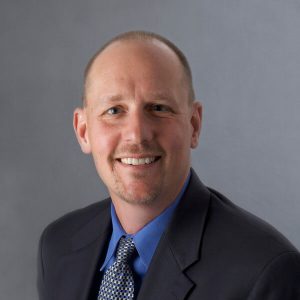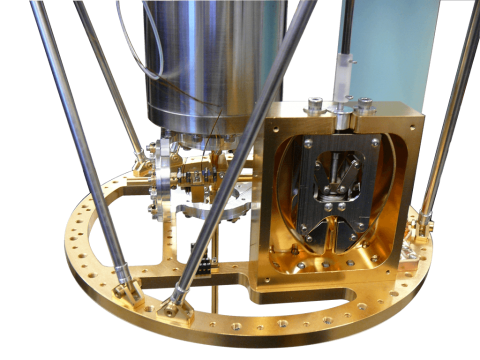FormFactor has built its leadership position upon an unwavering commitment to respond to its customers’ needs while leaning on its experience and extensive scientific and engineering bench to deliver the tools and technologies that match those needs. Currently, the company is poised to become a leading supplier and solutions provider for the emerging quantum industry.
Our CEO, Mike Slessor, was interviewed by Matt Swayne for The Quantum Daily on the organization’s dive in quantum technologies. Here are a few highlights of the article and quotes from Mike Slessor.

Mike Slessor, CEO, FormFactor, Inc.
“We are a very customer-focused company and through our engineering probe system business, we’ve had a variety of customers — like existing semiconductor customers, U.S. government contractors, national labs, for example — pull us into applications that were operating at very low temperatures, close to absolute zero, and we began, of course, to ask them the natural question ‘‘why do you want us to build a system that operates at these temperatures?’” said Slessor. “And we started to learn more and more about these emerging approaches and applications to support quantum computing.”
“Customers are asking for the capability to build thermal control systems, or environmental control systems, that are operating down in temperatures that are required to make a functional qubit, but then we started to see that we could put some of electrical tests and probing knowledge and know-how that we have to help enable quantum computing and testing of quantum processors.”
This need to expand and diversify led to FormFactor’s acquisition of High Precision Devices (HPD). HPD’s expertise in precision cryogenic instruments will help “the company meet the growing demand for emerging quantum computing, superconducting computing, and ultra-sensitive sensor markets.”
The company is intrigued by quantum computing as one of the tools that could help solve this computational energy crisis and promote sustainability. According to Slessor, the amount of energy needed for the world’s data centers is massive. He estimated it would take about 50 Hoover dams to power the world’s data centers. As the need for that energy is increasing each year, there is a growing need for solutions.
“This is a staggering amount of energy,” said Slessor. “Clearly, a lot of that is going to simulations — like molecular simulations — some of it may be going to cryptography and network security. So, if you can do those things more efficiently, it feels like a natural place for some supercomputing applications or digital computing applications to migrate to quantum.”
To see the full article, visit The Quantum Daily.

